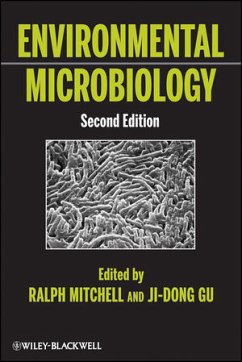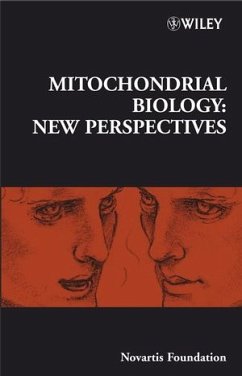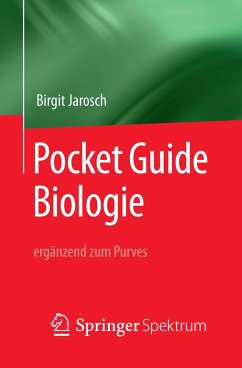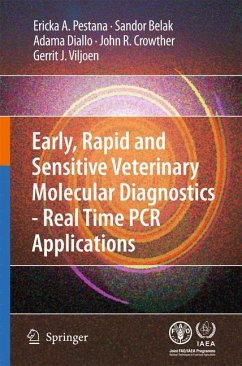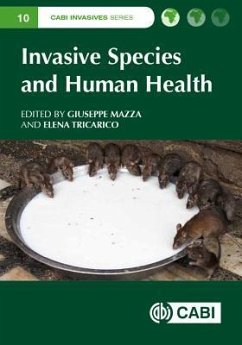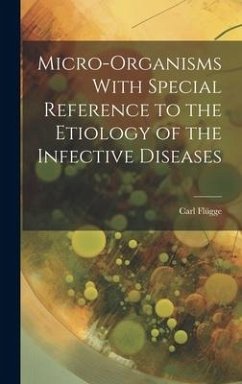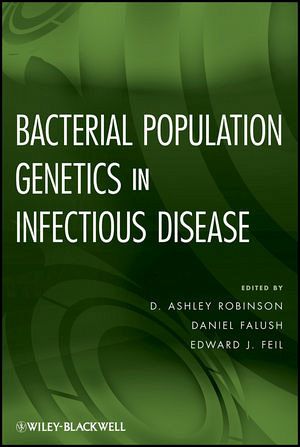
Bacterial Population Genetics in Infectious Disease

PAYBACK Punkte
86 °P sammeln!
This book is a unique synthesis of the major concepts and methods in bacterial population genetics in infectious disease, a field that is now about 35 yrs old. Emphasis is given to explaining population-level processes that shape genetic variation in bacterial populations and statistical methods of analysis of bacterial genetic data. * A "how to" of bacterial population genetics, which covers an extremely large range of organisms * Expanding area of science due to high-throughput genome sequencing of bacterial pathogens * Covers both fundamental approaches to analyzing bacterial population str...
This book is a unique synthesis of the major concepts and methods in bacterial population genetics in infectious disease, a field that is now about 35 yrs old. Emphasis is given to explaining population-level processes that shape genetic variation in bacterial populations and statistical methods of analysis of bacterial genetic data. * A "how to" of bacterial population genetics, which covers an extremely large range of organisms * Expanding area of science due to high-throughput genome sequencing of bacterial pathogens * Covers both fundamental approaches to analyzing bacterial population structures with conceptual background in bacterial population biology * Detailed treatment of statistical methods



